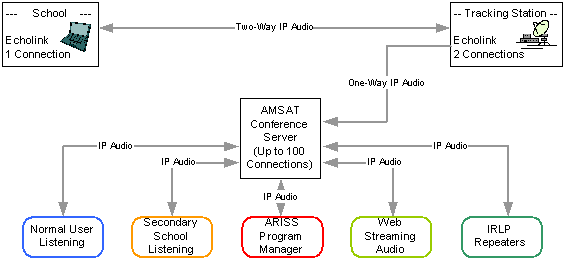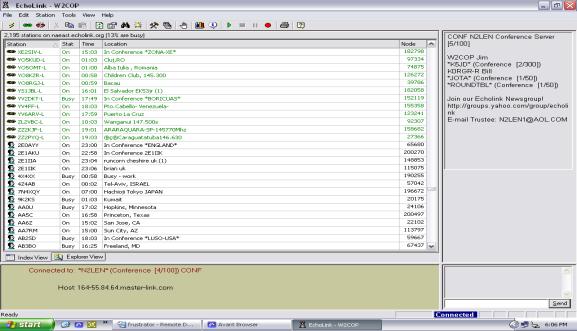
- Новости: I, II, III, IV, год
- Архивы: 2022, 2021, 2020, 2019, 2018, 2017, 2016, 2015, 2014, 2013, 2012, 2011, 2010, 2009, 2008, 2007, 2006, 2005, 2004
- Форумы: EchoLink, D-STAR, D-STAR форум, Эхолинк @ СРР, EchoLink-RU
- Регистрация, Правила регистрации
- Аппаратура и программы
- Скриншоты и ст.листы
- Статьи, обзоры, звуки
- FAQ: Эхолинк, IRLP
- Наши PROXY-сервера
- Конференции: *RUSSIA*, *UKRAINE*
- IRC-чат
- Послать QSL
- Эхолинк, eQSO, IRLP, WIRES-II, PMR446
- VoIP-мания (от UR3IRS)
- Частотный план
- New Видео материалы
- Ссылки
- О сайте и о России
- Послать новость на сайт
 Избранные действующие эхолинки (23) -->
Избранные действующие эхолинки (23) -->
| Местное время: |
|
| Дата: |
| Monday, 05 January 2026 |
| Ваш IP-адрес: |
| 216.73.216.2 |
База ALL/USER/-L/-R (1458/1150/256/52)






